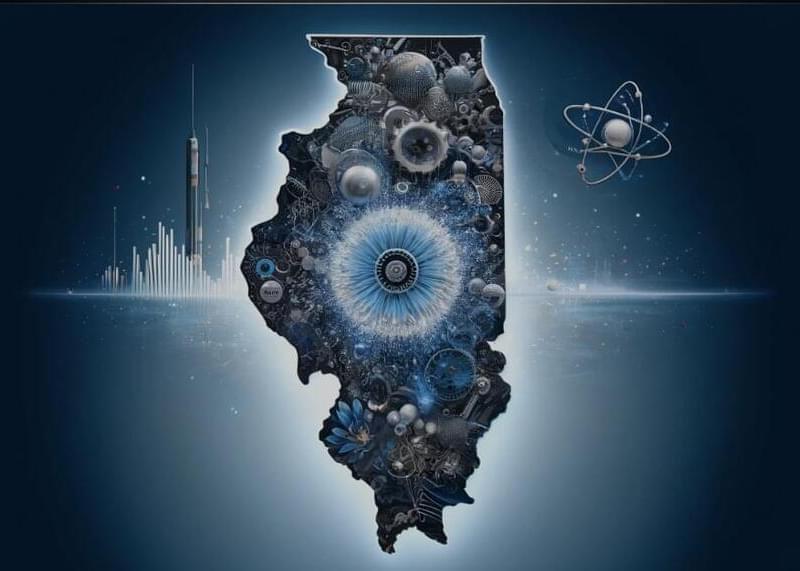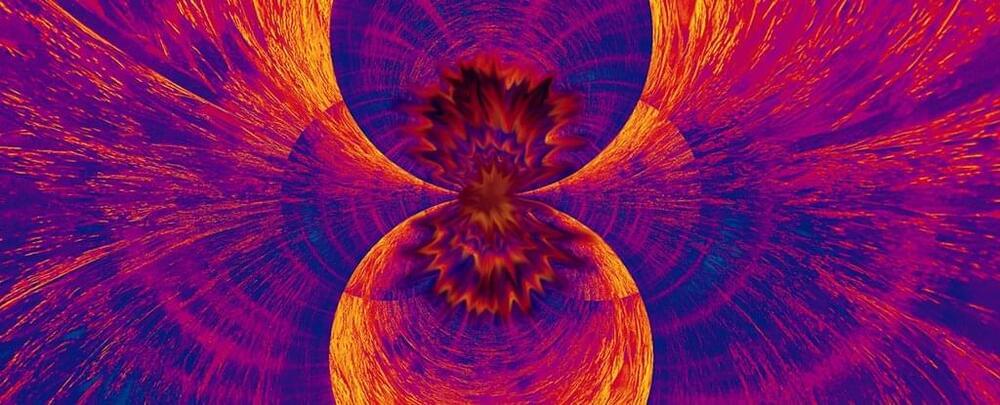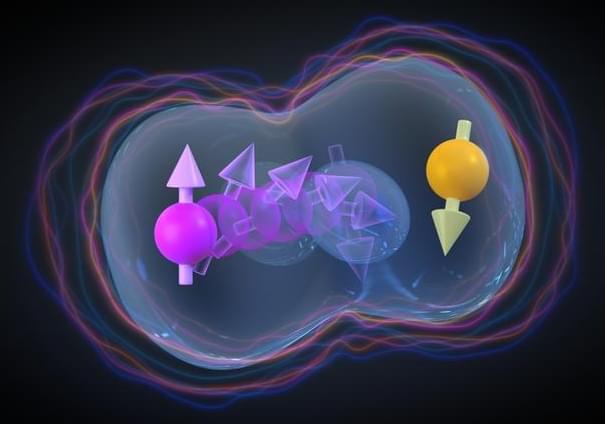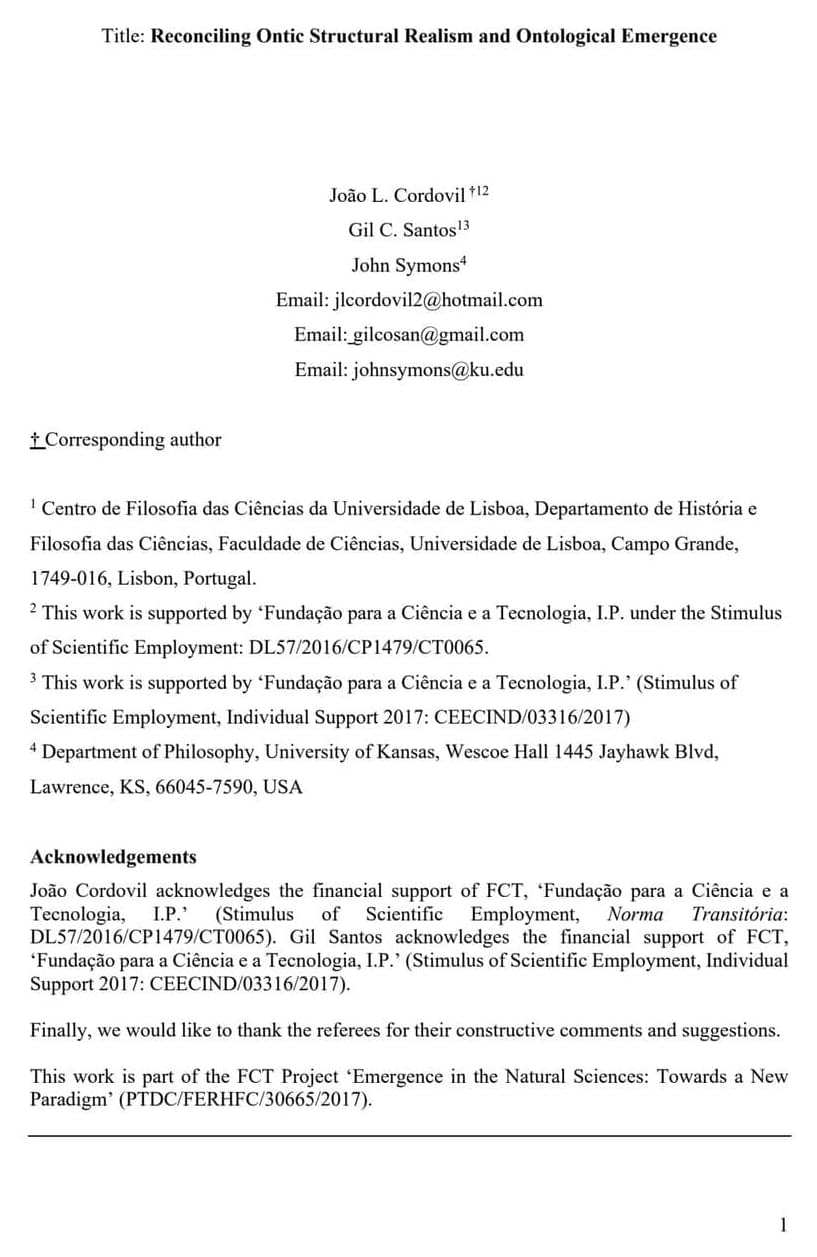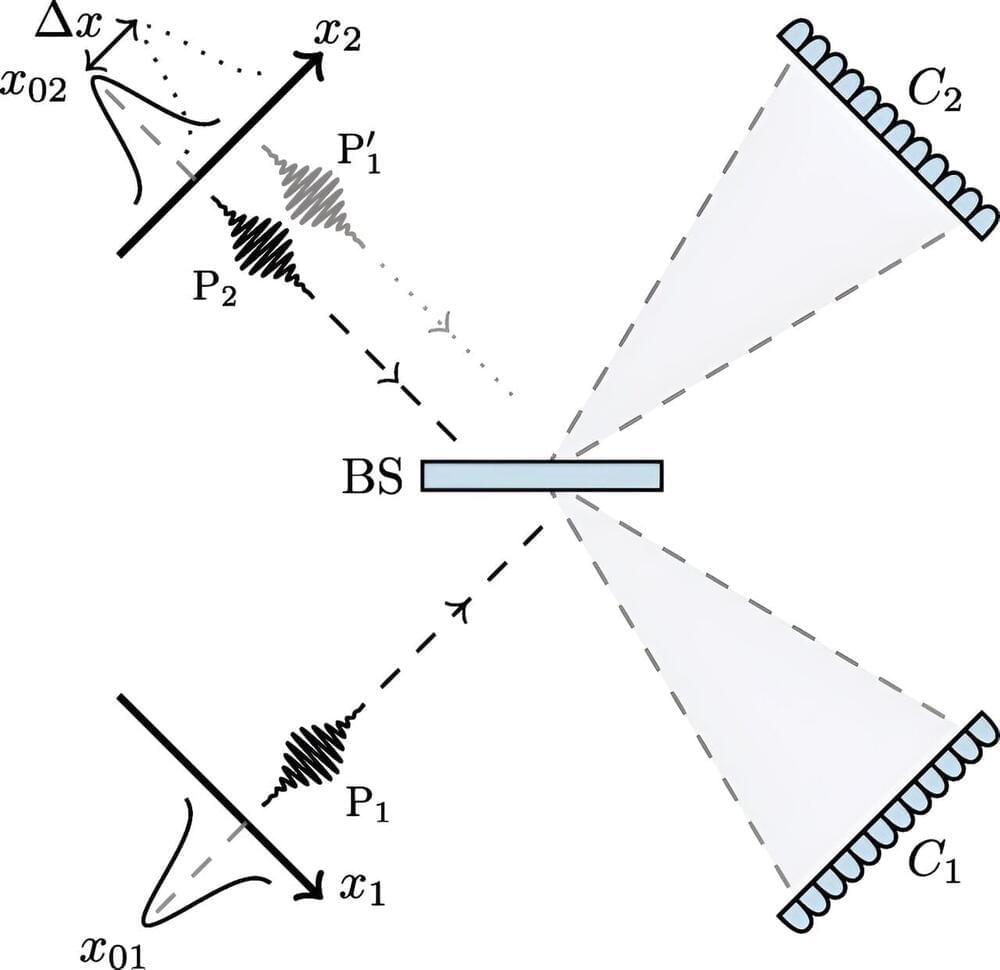May 7, 2024
Google’s Top AI Scientists On Quantum Superpositions Creating Consciousness
Posted by Dan Breeden in categories: quantum physics, robotics/AI
In this talk at Mindfest 2024, Hartmut Neven proposes that conscious moments are generated by the formation of quantum superpositions, challenging traditional views on the origins of consciousness. Please consider signing up for TOEmail at https://www.curtjaimungal.org.
Support TOE: — Patreon: https://patreon.com/curtjaimungal (early access to ad-free audio episodes!) — Crypto: https://tinyurl.com/cryptoTOE — PayPal: https://tinyurl.com/paypalTOE — TOE Merch: https://tinyurl.com/TOEmerch … see more.


